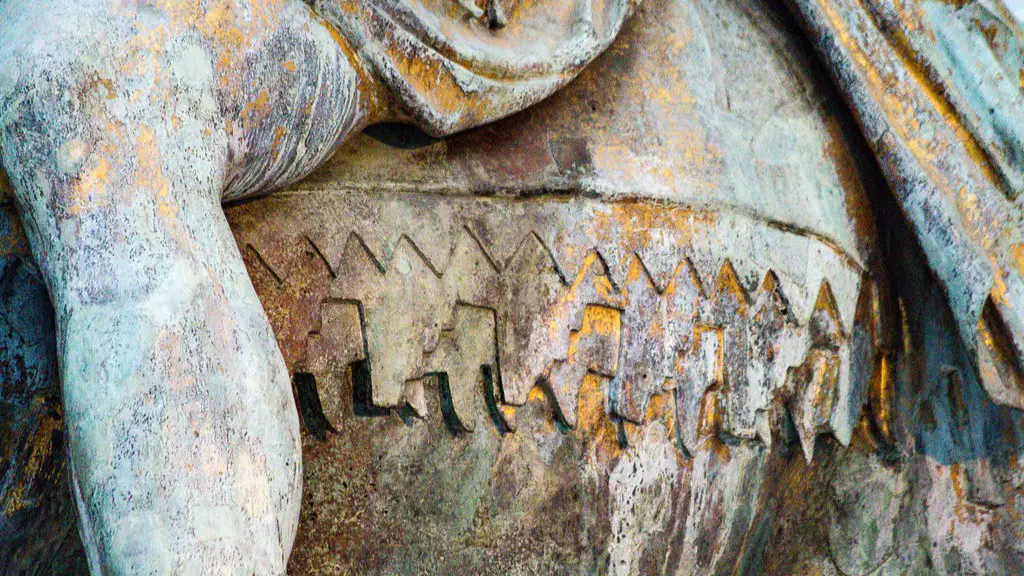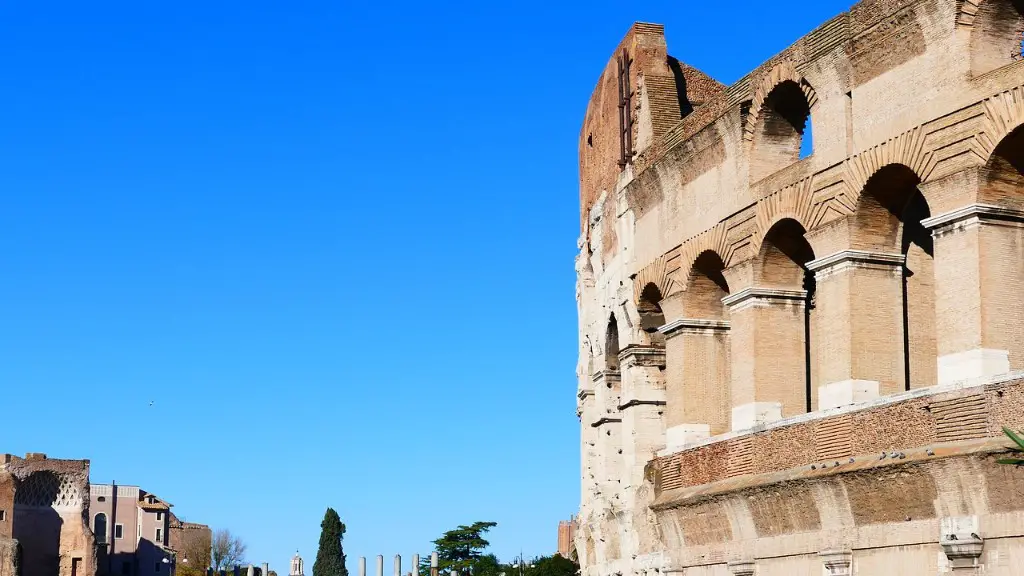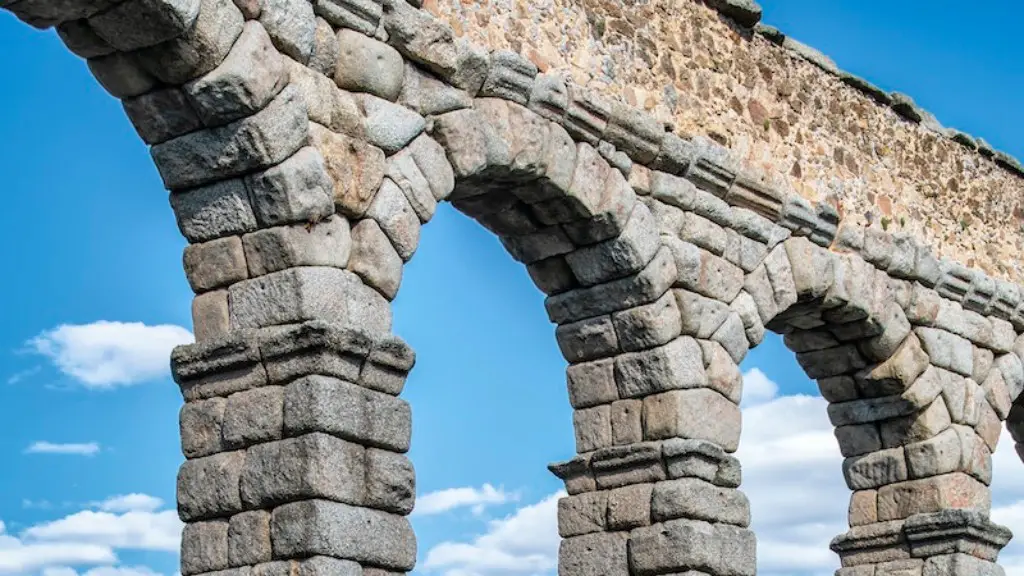The Roman Republic was established in 509 BC. During the Republic, Rome evolved into a complex society with a large number of social classes. The wealthy upper class consisted of the patricians, who were a small group of aristocratic families. The patricians held all the power in the Republic. They controlled the government, the army, and the economy. Below the patricians was the much larger group of the plebeians. The plebeians were commoners who had no political or economic power.
There were indeed social classes in ancient Rome. The upper class consisted of the Elite, which was made up of the emperor, his immediate family, and the senatorial class. The middle class was made up of the equites, or knights. The lower class was made up of the plebeians, or common citizens.
The patricians were the wealthier class in ancient Rome, while the plebeians were the poorer class. The two groups were in a political struggle for more than 200 years. In the beginning, the patricians had a monopoly on power, while the plebeians only had the right to vote in the assemblies. Over time, the plebeians gained more power and eventually attained equality with the patricians.
The Conflict of the Orders was a period of time in which Roman society was defined by five social classes: Patricians, Equites, Plebeians, Freedmen, and Slaves. These classes were based on economic, social, and political factors, and the conflicts between them led to a period of turmoil and change in Roman society.
The social structure of ancient Rome was based on heredity, property, wealth, citizenship and freedom. It was also based around men: women were defined by the social status of their fathers or husbands. Women were expected to look after the houses and very few had any real independence.
The Roman social classes were divided into three main groups: the emperor, the senators, and the equestrians. The emperor was the most important person in the empire and could not be questioned. The senators were a small group of men who wrote and discussed laws and rules in the senate. The equestrians were upper/middle class men (often merchants or military men), described as ‘knights’.
The patrician class was a small, elite group of families that held great power and prestige in Roman society. The plebeian class was the much larger group of common citizens. Although the plebeians did not have the same social or political status as the patricians, they were an important part of Roman society.
The plebeians were the majority of Roman citizens after a series of political conflicts and equalization. This is because the plebeians were the poorer class of citizens and were not given the same rights as the wealthier class of citizens. The political conflict that led to the equalization of the classes was the conflict between the patricians and the plebeians. The patricians were the wealthier class of citizens while the plebeians were the poorer class of citizens. The plebeians demanded equal rights and eventually won the conflict. This led to the equalization of the classes, which gave the plebeians the majority of Roman citizens.
What were lower class Romans called?
Plebeians were average working citizens of Rome who were not members of the patrician, senatorial or equestrian classes. They were farmers, bakers, builders or craftsmen who worked hard to support their families and pay their taxes.
The Romans were an incredibly successful empire, however they did not have their own “middle class” during the republic. This class was instead filled by slaves, freedmen and foreigners, mainly Greeks. While the Romans had great potential, they did not develop their own middle class and this ultimately led to their decline.
The main five social classes present in ancient Rome were the patricians, the knights, the plebeians, the slaves, and the clients. The patricians were the aristocrats of Rome, while the knights were the equestrians or upper-class citizens. The plebeians were the common folk, and the slaves were those who were owned by the patricians and knights. The clients were the free men who came to Rome to do business.
Belonging to an upper class in ancient Rome had many significant consequences beyond just prestige. Social class determined one’s economic and political opportunities, as well as legal rights, benefits and penalties. This meant that being born into a wealthy family could open up a lot of doors, while being born into a poorer family could close them off.
The patricians were the ruling class of the early Roman Empire. Only certain families were part of the patrician class and you had to be born a patrician. The patricians were only a small percentage of the Roman population, but they held all the power. All the other citizens of Rome were Plebeians.
Roman society was extremely patriarchal and hierarchical. The adult male head of a household had special legal powers and privileges that gave him jurisdiction over all the members of his family. The status of freeborn Romans was established by their ancestry, census ranking, and citizenship.
When did Roman girls marry
Historically, twelve has been the age at which girls have been considered marriageable. This is because menarche (first menstruation) usually occurs between thirteen and fourteen years old. Some marriages, particularly among upper class families who tend to marry earlier, have been between prepubescent girls and boys. This practice is no longer common, and is generally considered to be immoral.
The domus were a type of town house built in Roman times that were comfortable and cosy for the middle classes. They were made from stone, wattle and mud bricks, and had several rooms, often with a central courtyard or atrium that served as a living room. The domus were an important part of Roman life and culture, and provided a comfortable and stylish home for families.
What is plebeian vs patrician?
In ancient Rome, the patrician class were the upper class, while the plebeians were the lower class. The two groups were completelyseparated, with the patricians having marriage, economic, and political privileges that the plebeians did not. The system was in place to maintain social hierarchy and keep the two groups from intermingling.
Ancient Rome was made up of a social hierarchy with different classes based on their jobs and families. The emperor was at the top, followed by wealthy landowners, the common people, and the slaves who were the lowest class. This social structure helped keep order in Rome and ensured that everyone had a place in society.
Final Words
There is evidence of social stratification in Roman society dating back to the empire’s earliest history. By the time of the Republic, there were already well-established social classes in Roman society. The upper class was composed of the patrician class, who held the most wealth and power. The middle class was made up of the plebeian class, who were less wealthy than the patricians but still held some power. The lower class was made up of slaves, who had no power or wealth.
The presence of social classes in ancient Rome is evidenced by the existence of laws regulating interactions between the different classes, as well as the distinct lifestyles of the wealthy and the poor. Although the wealthy enjoyed a much higher standard of living than the poor, both groups were essential to the functioning of Roman society.




